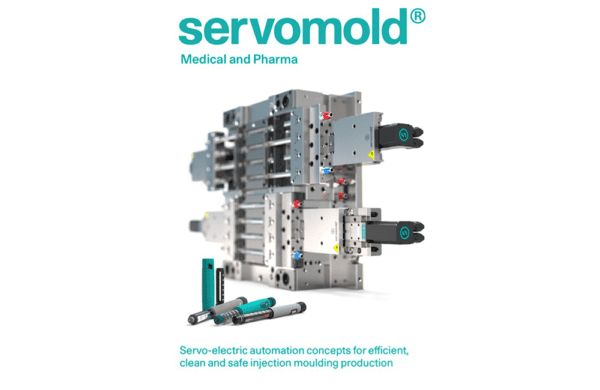
Innovative High-Temperature Additive Manufacturing with ARBURG’s Freeformer 750-3X
|
Getting your Trinity Audio player ready...
|
With the Freeformer 750-3X in a high-temperature version, sophisticated functional components can be additively manufactured from a wide range of different plastic granulates. For processing high-temperature materials such as Ultem 9085 or PEEK, the build chamber can be heated to up to 200 degrees Celsius and plasticisation takes place at up to 450 degrees Celsius. The Freeformers, using the Arburg Plastic Freeforming (APF), process original and certified plastic granulates into resilient functional components, also in multi-material combinations and from high-temperature plastics. These high-end machines are suitable for demanding applications, such as medical technology, the automotive industry or aerospace.
Installation space can be heated up to 200 degrees Celsius
The high-temperature version of the Freeformer 750-3X has a 330-millimetre x 230-millimetre x 230-millimetre installation space that can be kept at a constant temperature of 200 degrees Celsius. The eponymous component carrier is 750 square centimetres in size. The granulate is plasticised at up to 450 degrees Celsius. A compact mass pressure generator equipped with servomotors from AMKmotion is used for dosing and injection, producing precise tiny droplets at a frequency of up to 400 hertz.
The result is 3D-printed components with a quality comparable to that of injection moulded parts. Thanks to its three discharge units, the high-end machine can also realise complex geometries and functional multi-material combinations with support material. This means that larger functional components can be produced using the APF process based on plastic granulation or small series can be additively manufactured on an industrial scale.
Processing of high-temperature plastics
The range of materials for the APF process also includes plastic granules based on polyetherimide (PEI), such as the high-strength and flame-retardant Ultem 9085, which fulfils high fire protection requirements. Typical applications include geometrically demanding ventilation ducts, drilling and sawing templates, gear wheels and spring elements. Break-away support structures made from these cost-intensive materials can be reused several times as flakes.
The innovative LMPAEK polymers from Victrex are of interest to the mobility sector. These materials have similar mechanical and tribological properties to PEEK but can be processed at lower temperatures using the APF process. The material is electrically insulating and – when printed amorphously – can be subsequently tempered to further optimise its mechanical, chemical and thermal properties. At Formnext 2024, for example, a rotor and a plug for electric vehicles as well as distributor pipes and impellers were on display. For its own injection moulding machine production, Arburg uses this high-temperature material to produce 100 cover caps each for heating tapes in small batches.
Simple and intuitive operation
The Gestica control system is optimised for additive manufacturing in terms of process stability, component quality and build time and is intuitive to use. Based on the slicing data, it calculates exactly how much material is required to build each individual layer. The variable dispensing behaviour helps to reduce the dwell time. The result is high-quality components with significantly reduced costs and material usage.
In addition, grid-shaped support structures, faster droplet discharge, the increase in frequency and the increase in layer thickness from 0.2 millimetres to 0.25 millimetres lead to a reduction in construction time without compromising on quality. The Freeformer can also be programmed to prepare the entire material in advance, e.g. at the start of the week – i.e. heating, nozzle rinsing and setting the gob index.
Read more news from ARBURG here.
ARBURG
01926 457000
Email
Website






